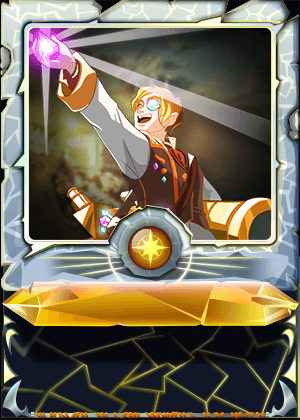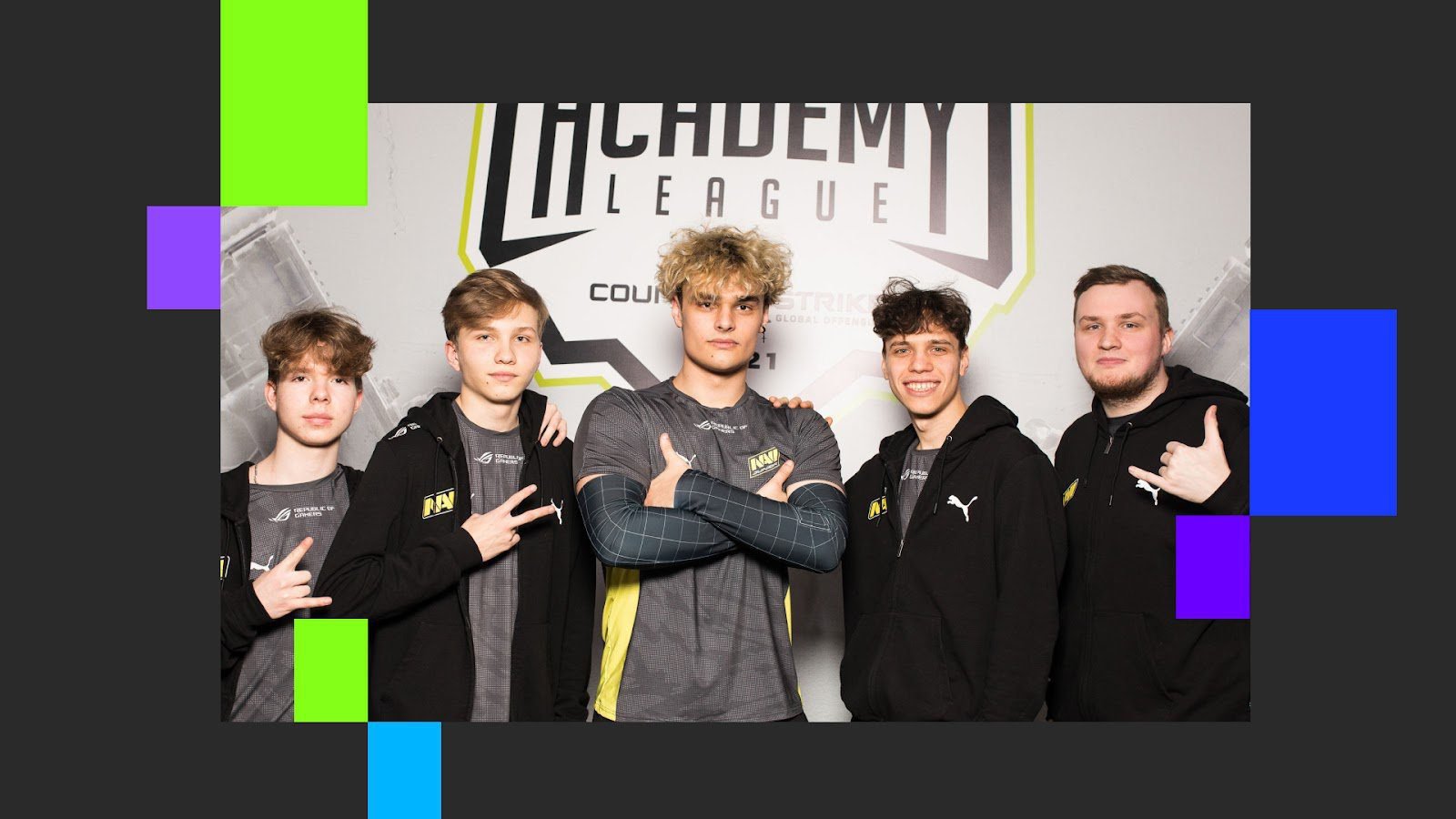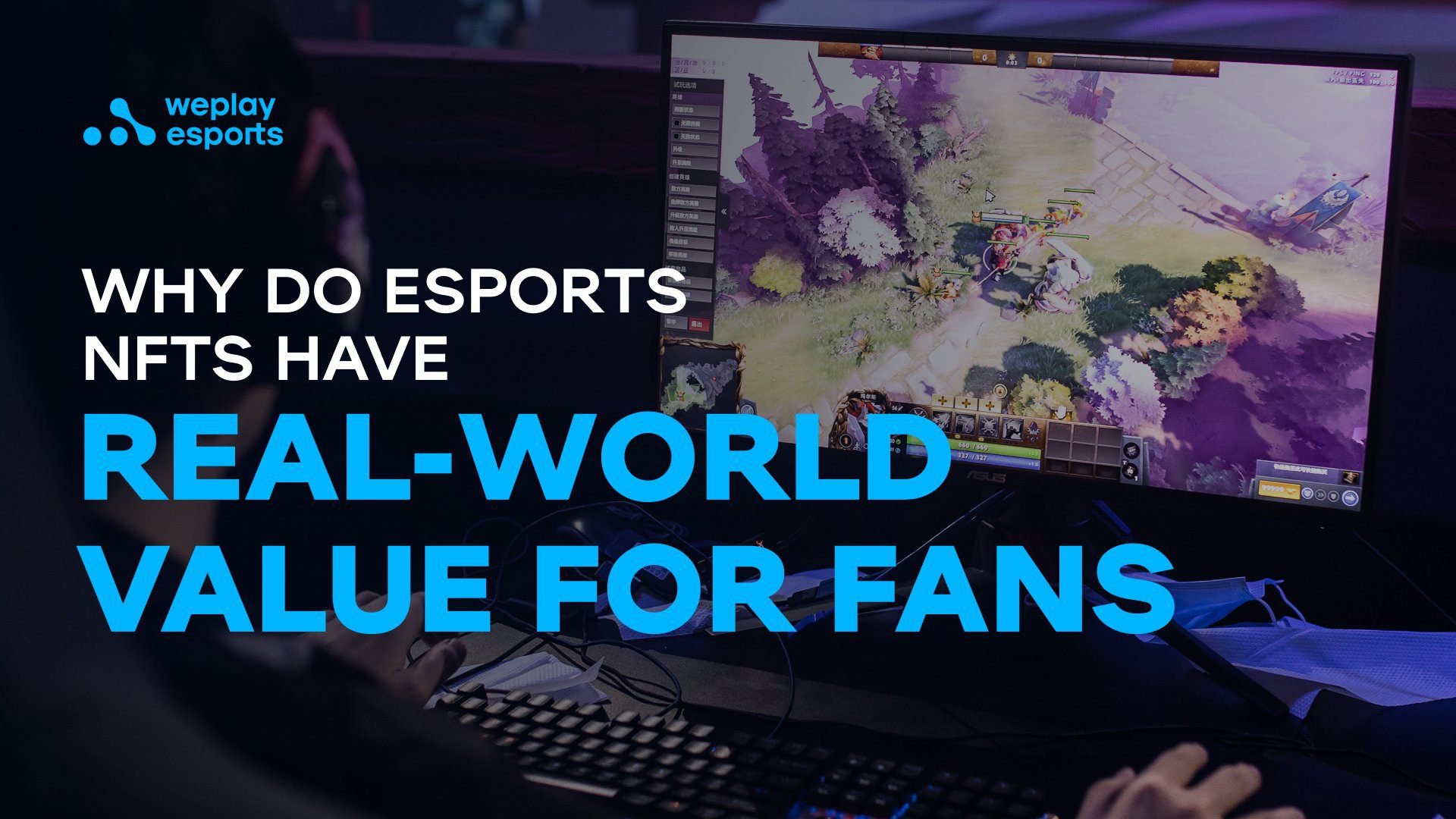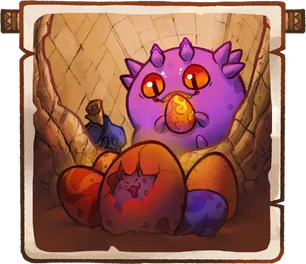Dec. 9, 2021
NFTs in esports and gaming: Opening new revenue streams
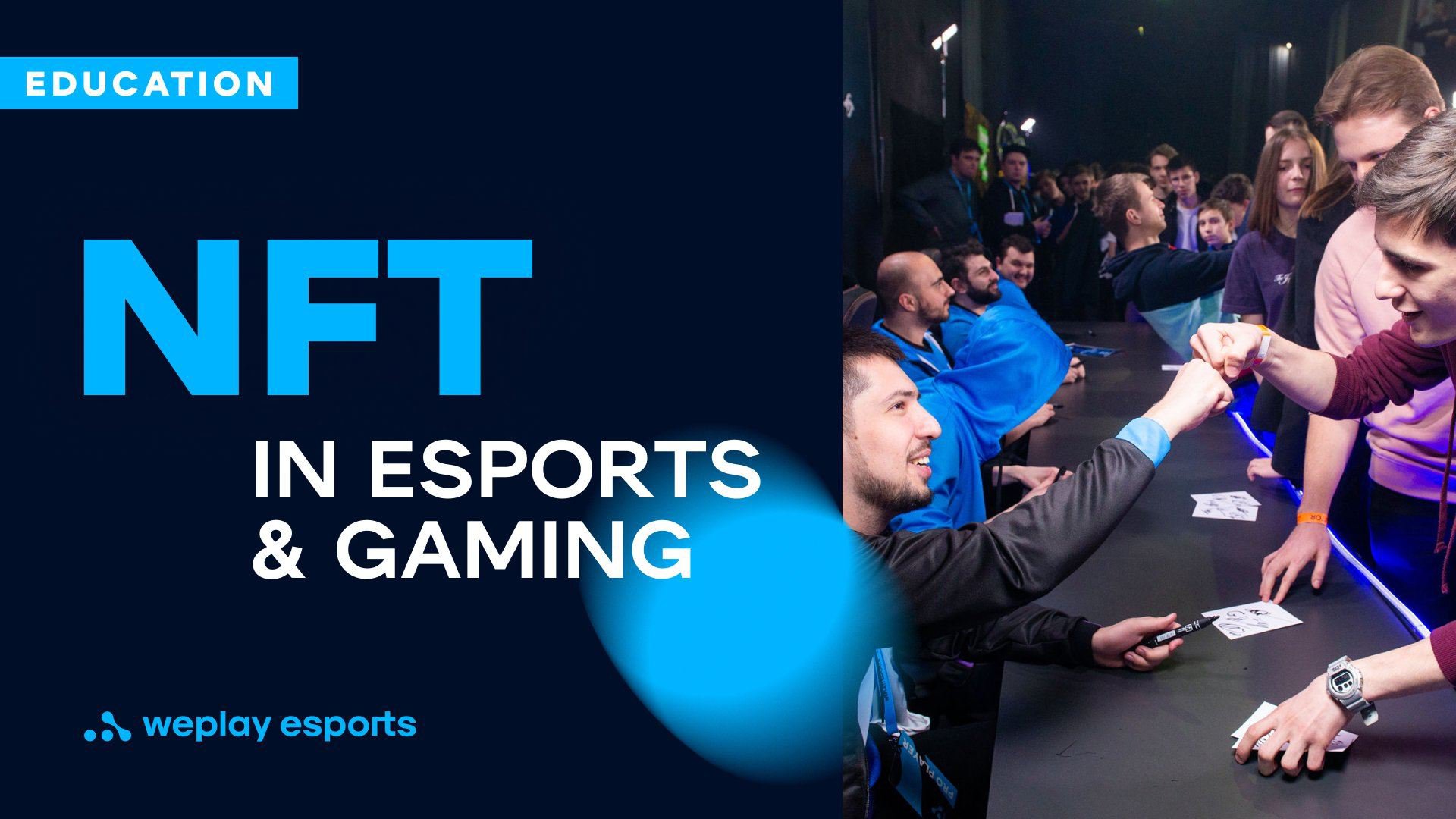
6 min read
Why shouldn’t the blockchain network be used in other areas to open up new revenue streams?
The craze for non-fungible tokens (NFT) not only gave digital artists a chance to rake in the dough but also increased the value of intangible items for users. While in all of 2020, NFT tokens were sold for a total of $250 million, in 2021, the industry generated $2 billion in sales in the first quarter alone.
If NFT as crypto art brings such a high income, why shouldn’t the blockchain network be used in other areas to open up new revenue streams?
What is NFT?
In a nutshell, an NFT is simply a blockchain record that proves ownership of various digital objects such as video clips, music, or images. As the name suggests, these tokens are not fungible. While one Bitcoin (cryptocurrency) is equal to another Bitcoin, each NFT is unique, and you can’t trade an NFT for another cryptographic token.
NFTs have solved the problem of securing ownership of digital assets. Information about the owner and their tokens is logged into the blockchain. And when stored using blockchain technology, data cannot be deleted or replaced.
NFTs were initially used for digital artwork. Renowned digital artist Beeple has sold his work for $69.3 million. So far, this is the world’s most expensive NFT. Sounds like an overpriced digital file, doesn’t it? Imagine you bought a 79 x 69 canvas for $328 million. The price is staggering. Now imagine that you purchased “Interchange” by de Kooning for that price. Seems reasonable now? Yes, because now you are the owner of de Kooning’s rare and unique painting and not just any canvas. As in traditional art, the price of digital art varies depending on the artist’s standing, the popularity of the collection, and more.
Development of digital assets in digital-native areas
Since the release of the first-ever NFT project, Rare Pepe Directory, in 2017, NFTs have expanded beyond the art world and entered other markets such as gaming and esports. These two industries quickly adopted the blockchain trend for a reason. Like NFT, both esports and gaming are digital-native worlds with a young and active audience.
Plus, they are rapidly developing. According to Statista, esports market revenue worldwide has already reached $1 billion, while for gaming, it’s over $178 billion. And both of these industries are facing the same problem — the community’s expectations are growing from day to day, and to meet them, every possible technology is needed. NFTs, on the other hand, help increase fan engagement, provide unique gaming content, and expand the gamers’ experience outside the industry.
NFTs hit the gaming world
Now, there are dozens of blockchain-based games that allow users to purchase in-game assets that have real-world value. Without NFTs, gamers buying new skins automatically link them to their accounts, so it’s impossible to transfer a digital asset to someone or sell it if necessary. Unfortunately, in case of account theft or loss, all your in-game assets will be lost to you forever.
Blockchain-based assets are linked to the gamers’ wallets, just like cryptocurrency. Thus, players can easily manage their digital items while their wallets are elusive targets for fraudsters. NFTs transcend the boundaries of the gaming industry, helping gamers receive rewards in real life. For example, Splinterlands, a trading card game, allows people to collect NFT cards and combine them to create unique items and sell them through NFT marketplaces.
Still, there is room for development, as Axie Infinity, CryptoKitties, and other NFT-based games have pretty straightforward gameplay and, honestly, are more about earning money than gaming. However, it’s safe to say that NFTs continue to evolve further in a variety of gaming industries.
Digital collectibles as esports NFT
NFT and the esports industry is a match made in heaven. They complement each other perfectly. As esports fans found a way to attend all events without leaving home and interact with other players and viewers online, NFTs became intangible esports memorabilia that fans want to own.
However, NFTs lack scalability and are yet to be adopted by the masses. After the hype around NFTs subsided, the influx of new people seeking to become NFT owners diminished. That was when many started spreading the message about the NFT market being a bubble that would burst tomorrow. This is far from being the case: any innovative technology experiences a slight decline that follows immediately after the first surge in popularity. Anyway, the easiest way to attract a new audience and ensure sustainable growth of the marketplace is by creating joint projects with representatives of different domains, such as esports companies.
Have a look at how NAVI Junior received the Runner-up Award by WePlay Collectibles.
Since then, NFT projects of various sizes have sprung up in the esports world. Esports teams can adopt NFTs by creating their own collections. For example, Swedish esports organization Ninjas in Pyjamas and token platform NFKings launched the Viking Ninjas NFT collection.
But instead of just selling player cards, NiP organized their own game on an NFT platform. You can buy a mystery box that works as an in-game loot chest. Each box consists of different cards, so only after opening a box, you’ll find out whether you got a normal card or a super-rare one. In total, there are 12,500 NFTs in the collection.
Another esports team, OG Esports, released its third NFT drop at the Binance platform. Instead of player cards, the organization told a whole story through its NFTs about how an OG astronaut lands on the planet Binance. OG Esports is one of the first esports organizations that quickly grasped what their followers can get out of NFTs. Releasing Fan Tokens and other NFT-related projects, OG Esports levels up its interaction with the community and benefits from additional revenue streams.
Why do esports NFTs have real-world value for fans?
In the gaming community, the value of non-fungible tokens is clear. Using in-game assets, players can boost their accounts and, in some cases, earn more money. Why would fans pay for NFTs in esports?
Let’s call esports memorabilia the basketball cards of the future. Instead of tattered old-school physical cards that no longer arouse the young generation’s interest, fans can trade, buy, and sell NFTs of esports personalities. Plus, blockchain technology assures secure trading via a peer-to-peer platform without a company acting as a third-party intermediary and without in-person meetings.
In addition, by buying tokens, people can support individual teams and the development of the esports industry as a whole, including publishers and tournament organizers. For example, WePlay Collectibles, WePlay Holding’s NFT project, decided to support youth teams, so it launched the “Shooter: from A to Z” NFT collection on the OpenSea platform and announced that half of the sales would go to the losing finalist of the WePlay Academy League Season 2.
As a result, WePlay Collectibles sold out the entire collection and grossed 1 ETH, giving half of it to support the CS:GO Tier-2 scene.
Final thoughts
Representatives of digital-native worlds such as esports and gaming are taking NFTs more seriously. Companies use blockchain to monetize fan interactions by creating a new revenue stream, increase fan engagement, and unleash their creativity.
Most NFT-based games are similar and are based on a pay-to-play or pay-to-win mode. However, the development of the industry requires more complex and comprehensive gameplay.
NFTs offer esports organizations a new way to create memorabilia. However, to embrace blockchain’s power, companies have to provide benefits going beyond digital-only collectibles by offering real-world value. For example, by purchasing WePlay Collectibles tokens, buyers supported Tier-2 scene development, in addition to obtaining a piece of crypto art.
